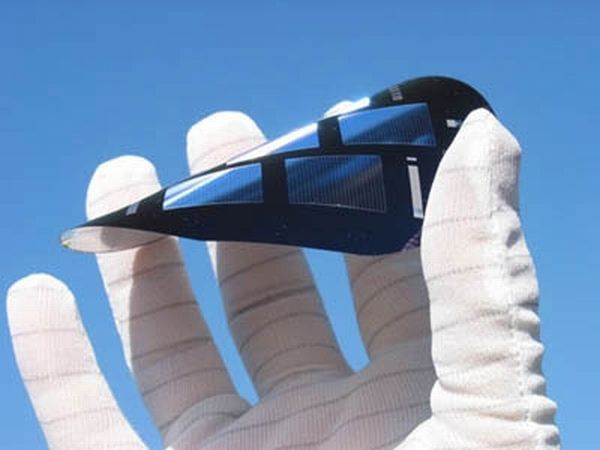Thanks to modern technology, we’re able to enjoy the facilities of tablets, notebooks, smartphones and a whole host of gadgetry. Not only have we come a long way in scaling down the size of most consumer products, but we’re looking at ways to reduce power consumption as well. Researchers at Georgia Tech have developed a technique that could soon become a universal method to reduce a conductor’s work function. They used a thin layer of polymer (1 to 10mm thick) and spread it on the surface of a conductor to create a sturdy surface dipole. The result was an air-stable and efficient low work function conductor.

According to Georgia Tech’s Bernard Kippelen, the polymers used were cheap and environmentally friendly as well as being compatible with existing roll-to-roll production techniques. Since current materials used are rather expensive, they increase the overall cost of devices which makes them inaccessible to those who can’t afford them. Georgia Tech’s new technology could help to offset this trend and see modern gadgetry become available for the masses.
Polysilicon is currently used to manufacture solar panels. Back in 2006, over half of the supply of polysilicon was utilized for tapping into green energy. In 2008, just 12 factories produced polysilicon. Then in 2011, there was excess production and now with Georgia Tech and its new technology, we have the world’s first plastic-made solar cell.
According to Kippelen, the technology will change the face of printed electronics by removing certain limitations. He, however, admitted that there’s still some way to go before it can be used for mass production.
Experts have said that the market for printable electronics will grow by $9.4 billion in 2012. While this spells good news for manufacturers, it also highlights the problem of creating these products at a low cost. However, Georgia Tech’s use of commercially available polymer that is processed from diluted solutions could very well change the face of printable electronics in the near future.
Via: Forbes




